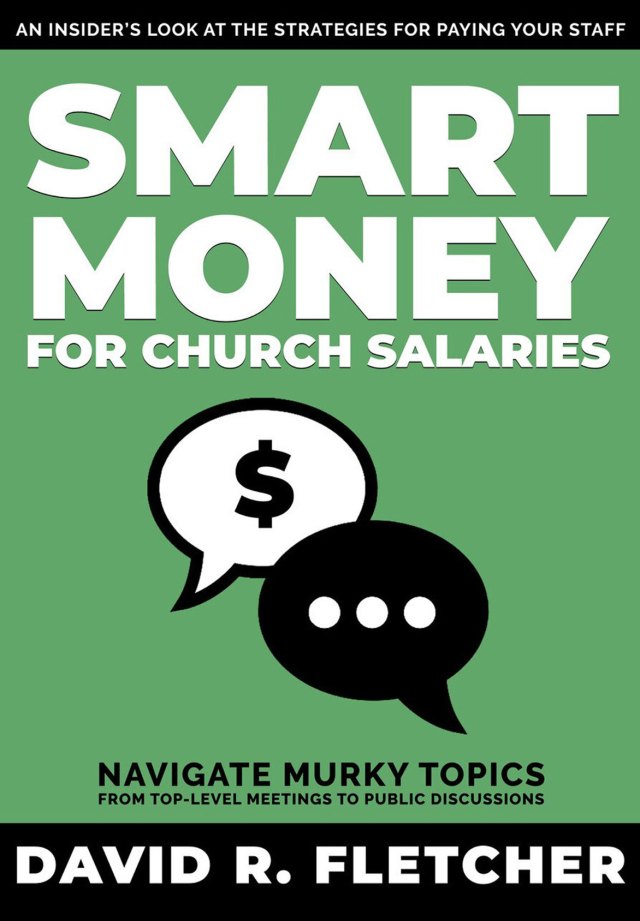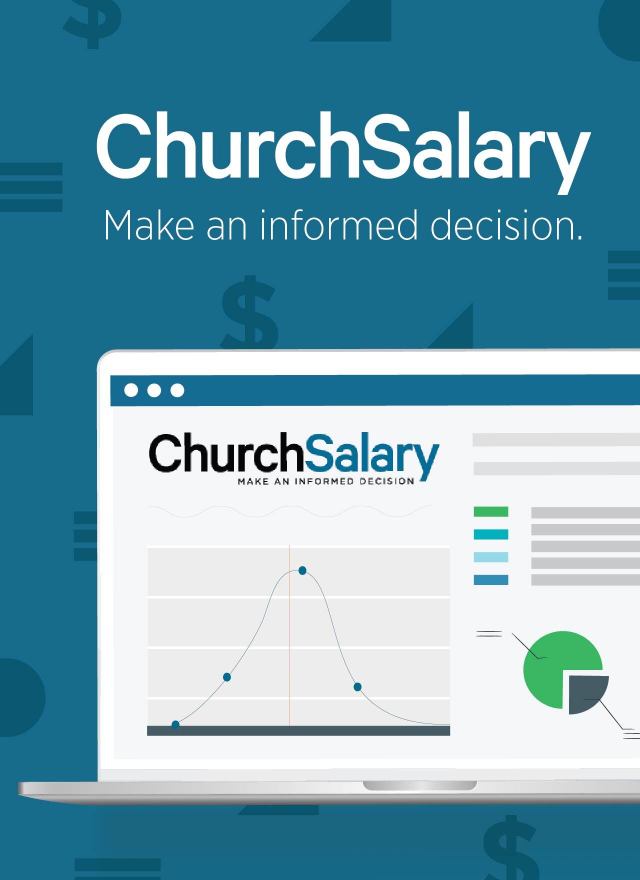Q: An employee splits his time between teaching preschool (24 hours per week) and serving as a custodian (16 hours per week). Our contract for preschool teachers doesn’t include benefits whereas our contract for other church employees, working more than 32 hours per week, are eligible for benefits. In total, he works 40 hours a week. Does that make him eligible for benefits as a full-time employee? Also, how do we handle overtime pay?
When a church also operates a preschool or school, the two parts of the church frequently have differing employee handbooks, benefits, and compensation structures.
This dual nature arises from the state regulations imposed on daycare centers or preschools and schools.
Let’s first address the issue of overtime.
The US Department of Labor views the church and its preschool or school as one employer. When nonexempt employees split their time between the two parts, overtime can occur. The church will owe overtime every time a nonexempt employee works more than 40 hours in a week (more than 8 hours in 24 hours in California).
Assuming the employee is paid a different rate when working for one part of the church than when working for the other part, the church will calculate overtime using a blended hourly rate.
For example, the employee is paid $20 per hour while working for the church as a custodian but $10 per hour when working for the preschool. If the employee worked 30 hours for the church and 20 hours for the preschool, the church owes the employee for 10 hours of overtime pay.
Let’s first figure his base pay for each job: 30 times $20 per hour equals $600 for his custodial work; 20 times $10 per hour equals $200 for his preschool work. His base pay for this week, then, is $800. Now let’s figure his per-hour blended rate by dividing the base weekly pay by the hours worked: $800 divided by 50 equals $16 per hour for the blended rate. Next the church needs to calculate the overtime pay. Overtime pay is computed at 150 percent of the hourly rate. Since the church included the hourly rate for the 10 hours of overtime in the base weekly pay, we only need to add the remaining 50 percent of the blended hourly rate to the weekly pay. The church must add $16 times 10 hours times 50 percent. This, then, equals overtime pay of $80. (You can find the DOL’s guidance on overtime pay here.)
As for benefits, the IRS and state benefit laws will also view the church as a single employer for fringe benefits.
The church needs to check the terms and conditions of each fringe benefit to determine the employee’s eligibility to participate.
Many fringe benefits must be available to qualifying employees without discrimination—based on federal and state fringe benefit laws.
The church must combine the hours to determine whether the shared employee has inadvertently become eligible for a fringe benefit under either part of his employment.
For example, if the church offers a qualified retirement benefit under Section 403(b), the church must offer employees access to the retirement benefit if an employee works 1,000 hours or more during a calendar year. T
he hours worked are combined between the preschool and church to determine whether the church must offer access to this retirement benefit.
You should also verify that he has other group health insurance since he declined your group health insurance. If he is not enrolled in another qualified group health insurance plan, he cannot opt out of your plan per current rules under the Affordable Care Act.



